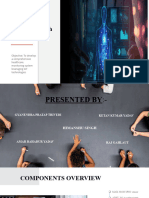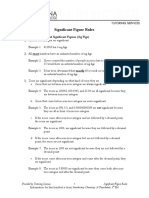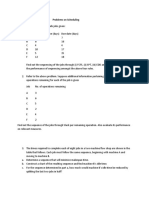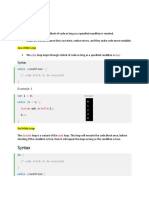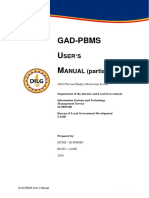0% found this document useful (0 votes)
48 views11 pagesMicroproject
The document outlines a project that develops a cost-effective heart rate monitoring system using ESP8266 and MAX30102, which displays real-time data on an OLED screen and the Blynk App for remote monitoring. The methodology involves sensor data collection, microcontroller processing, and data transmission via Wi-Fi. Future enhancements include improving accuracy, integrating with wearable devices, and utilizing AI for health anomaly detection.
Uploaded by
casexi3151Copyright
© © All Rights Reserved
We take content rights seriously. If you suspect this is your content, claim it here.
Available Formats
Download as PDF, TXT or read online on Scribd
0% found this document useful (0 votes)
48 views11 pagesMicroproject
The document outlines a project that develops a cost-effective heart rate monitoring system using ESP8266 and MAX30102, which displays real-time data on an OLED screen and the Blynk App for remote monitoring. The methodology involves sensor data collection, microcontroller processing, and data transmission via Wi-Fi. Future enhancements include improving accuracy, integrating with wearable devices, and utilizing AI for health anomaly detection.
Uploaded by
casexi3151Copyright
© © All Rights Reserved
We take content rights seriously. If you suspect this is your content, claim it here.
Available Formats
Download as PDF, TXT or read online on Scribd
/ 11
